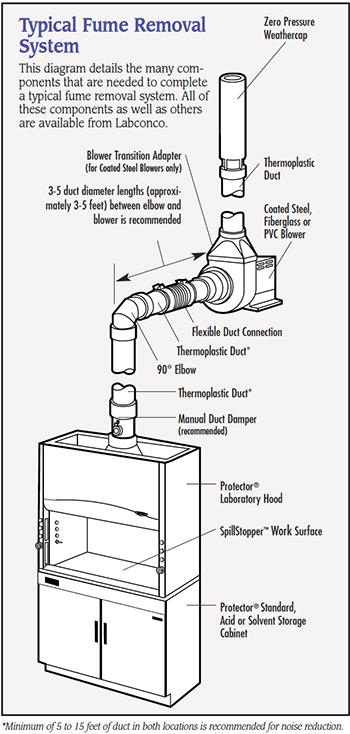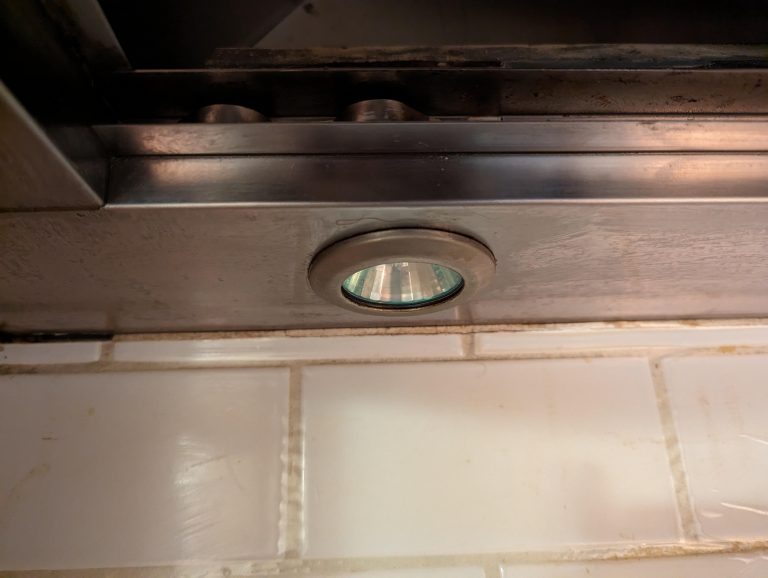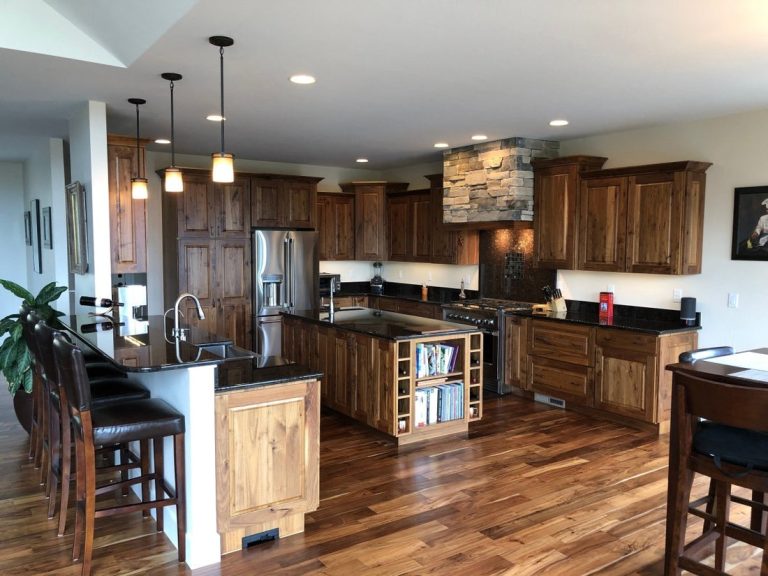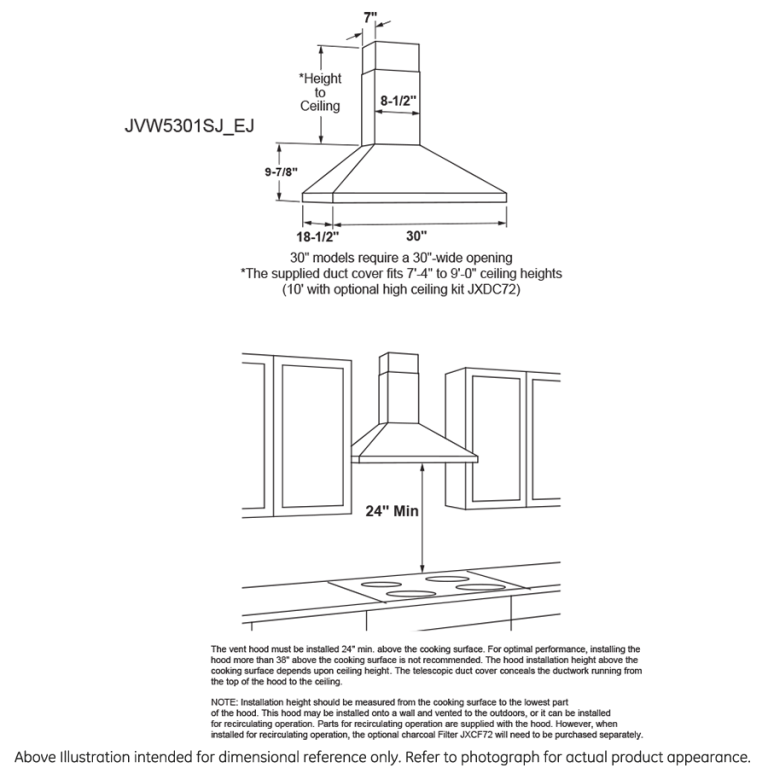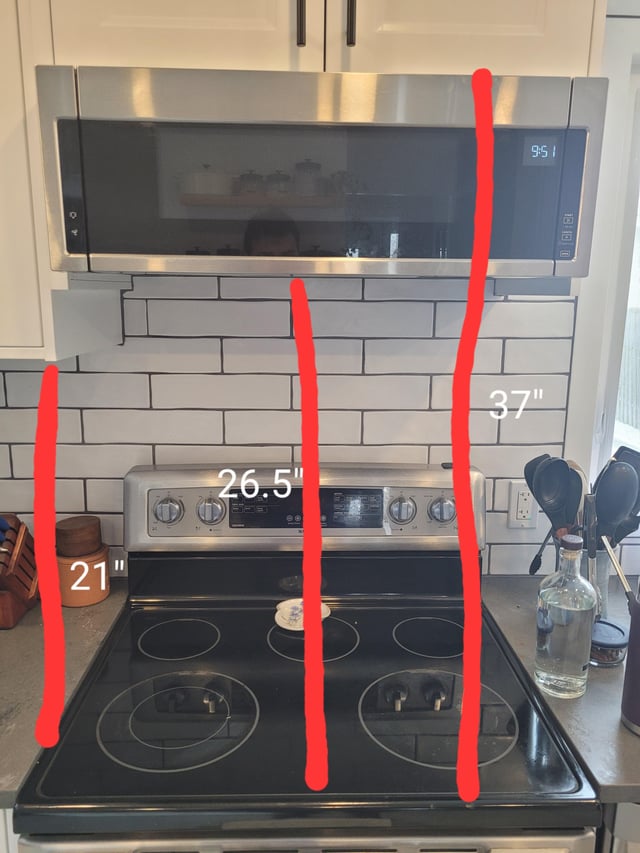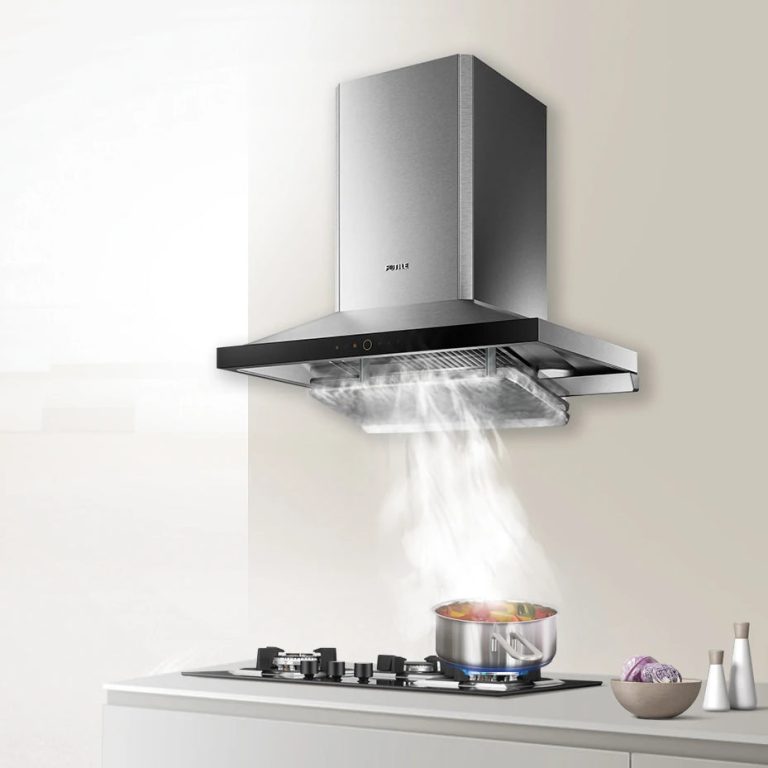A remote blower range hood utilizes an external blower to efficiently vent smoke and odors outside. This design minimizes noise in the kitchen while maximizing ventilation performance.
A remote blower range hood is an excellent choice for homeowners seeking effective kitchen ventilation. Unlike traditional hoods, these models place the blower outside the kitchen, reducing noise levels during cooking. They offer powerful air movement, efficiently removing smoke, steam, and odors.
This type of hood is ideal for open-concept kitchens where aesthetics and sound control matter. By relocating the blower, these hoods provide a sleek, unobtrusive look, allowing for more design freedom. Homeowners enjoy improved air quality and comfort while cooking. Investing in a remote blower range hood enhances both functionality and style, making it a popular option in modern kitchen designs.

Credit: zlinekitchen.com
Introduction To Remote Blower Range Hoods
A Remote Blower Range Hood is a special kitchen appliance. It helps remove smoke, odors, and grease while cooking. This type of hood uses a separate blower located outside the kitchen. It reduces noise inside the kitchen area. This makes cooking more enjoyable.
The basic concept is simple yet effective. A fan moves air from the kitchen to the outside. It works better than standard hoods. This allows for better ventilation and cleaner air. Many modern kitchens prefer this design.
Importance in modern kitchens is significant. Homeowners want a quiet and efficient cooking space. Remote blowers meet these needs. They also improve the kitchen’s aesthetic appeal. Choosing the right model can enhance any kitchen design.
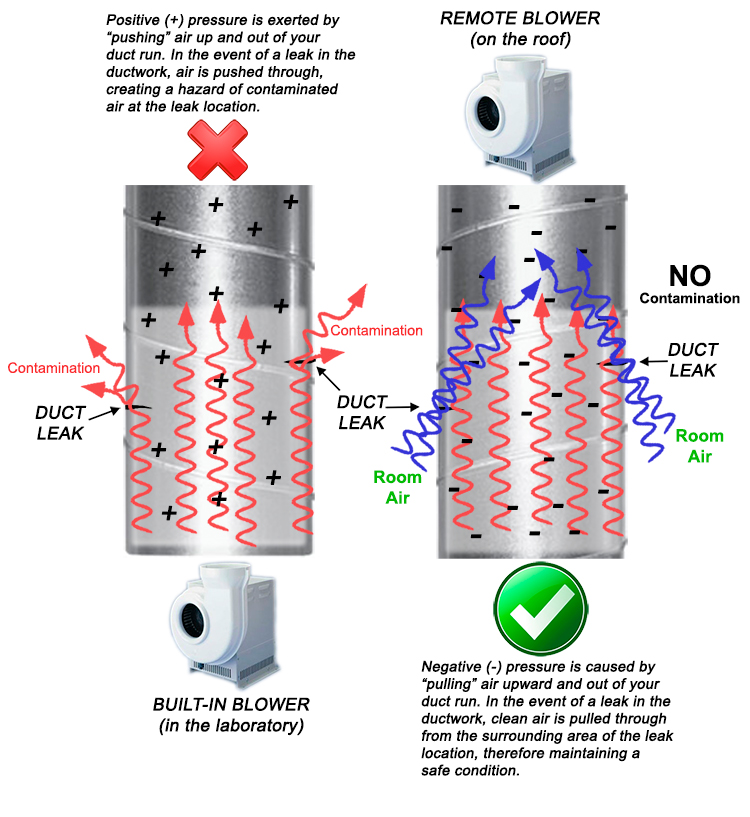
Credit: www.labconco.com
Comparing Traditional And Remote Blower Range Hoods
Remote blower range hoods have a unique design. They separate the fan from the hood. This allows for better ventilation. Traditional hoods combine the fan and the filter in one unit.
The design of remote hoods can reduce noise levels. Fans are usually located outside the kitchen. This makes cooking quieter and more enjoyable.
Performance varies greatly between the two types. Remote blowers often have higher CFM ratings. This means they can move more air quickly. Traditional hoods may struggle with heavy cooking.
| Feature | Traditional Hoods | Remote Blower Hoods |
|---|---|---|
| Noise Level | Higher | Lower |
| CFM Rating | Lower | Higher |
| Design | Combined | Separated |
Key Benefits Of Remote Blower Range Hoods
Remote blower range hoods offer improved ventilation for kitchens. They effectively remove smoke, steam, and odors. This keeps the air fresh and clean.
Noise levels are significantly lower with these hoods. The blower can be installed away from the cooking area. This creates a quieter cooking environment, making it easier to enjoy meals.
Flexible installation options make these hoods very popular. They can fit various kitchen designs. This means they can be installed in many different locations.
How Remote Blower Range Hoods Operate
A remote blower range hood works by moving air away from the kitchen. It uses a separate blower unit installed far from the hood. This setup reduces noise levels in the cooking area. The blower pulls smoke and odors through ductwork and outside the home.
The mechanics involve a fan that pushes air through ducts. The hood captures cooking fumes and directs them toward the fan. Proper installation of ductwork is crucial for effectiveness. Ducts must be sealed tightly to prevent air leaks.
Using a remote blower allows for flexibility in kitchen design. It also improves aesthetic appeal since the fan is hidden. This system makes cooking more enjoyable by keeping the environment clean and fresh.
Installation Considerations
Space requirements for a remote blower range hood are essential. Ensure there is enough clearance above the cooking surface. A minimum of 30 inches is often recommended.
Ductwork configuration plays a vital role in performance. Straight, short ducts work best. Avoid sharp bends to maintain airflow efficiency.
Choosing between professional installation and DIY is important. Professionals ensure proper placement and safety. DIY can save money but may require extra knowledge.
Choosing The Right Model For Your Home
Choosing the right remote blower range hood is essential for your kitchen. Size and power are key factors. Measure your kitchen to find the best fit. A powerful motor ensures effective ventilation.
Brand and price matter too. Research brands known for quality. Compare prices to find a model within your budget. Sometimes, spending more means better features.
Aesthetic compatibility is important for design. Select a hood that matches your kitchen decor. Consider colors and materials that blend well.
Maintenance And Care
Regular cleaning keeps your remote blower range hood working well. Use a damp cloth and mild soap. Avoid harsh chemicals that can damage surfaces. Clean the filters every month to ensure optimal performance. Soak filters in warm, soapy water for easy cleaning.
Routine check-ups help spot any issues early. Inspect the hood and filters every three months. Look for grease buildup or any unusual sounds. Tighten any loose parts to prevent further damage.
Call a professional if you notice persistent odors or strange noises. A technician can check for electrical issues or motor problems. Regular maintenance by an expert keeps your range hood running smoothly.

Credit: www.amazon.com
Common Questions Answered
Energy efficiency is a major benefit of a remote blower range hood. It uses less energy than traditional hoods. This can lead to lower utility bills. Many models have an energy star rating for better efficiency.
Lifespan and durability are important factors. Quality range hoods can last over a decade. Look for models made from stainless steel or other strong materials. Regular maintenance can also extend their life.
For troubleshooting tips, check the power supply first. Ensure the unit is properly connected. Clean the filters regularly to avoid clogs. If strange noises occur, inspect the blower. Consult the manual for specific issues.
Future Of Kitchen Ventilation
Kitchen ventilation is changing fast. Remote blower range hoods are becoming popular. They keep kitchens fresh and clean by removing smoke and odors.
Technological advances make these hoods better. They now have smart features. Users can control them with their phones. Some even have sensors that detect cooking smells.
Eco-friendly trends are also important. Many brands focus on energy-efficient models. These hoods save power and help the environment.
| Trend | Description |
|---|---|
| Smart Technology | Control hoods via smartphone apps. |
| Energy Efficiency | Use less power and reduce bills. |
| Stylish Designs | Modern looks fit any kitchen style. |
Predictions for range hood design include sleek shapes and colorful options. People want hoods that match their kitchen decor. Expect more customization in the future.
Conclusion
A remote blower range hood offers efficient ventilation without the noise of traditional models. By relocating the blower, it enhances kitchen comfort and design. This option not only improves air quality but also adds value to your home. Consider a remote blower range hood for a quieter, more stylish cooking experience.
